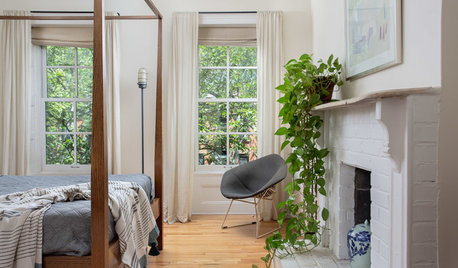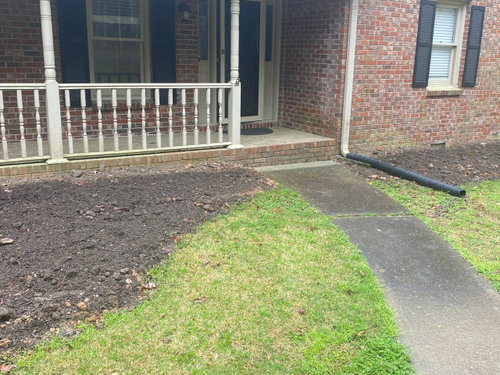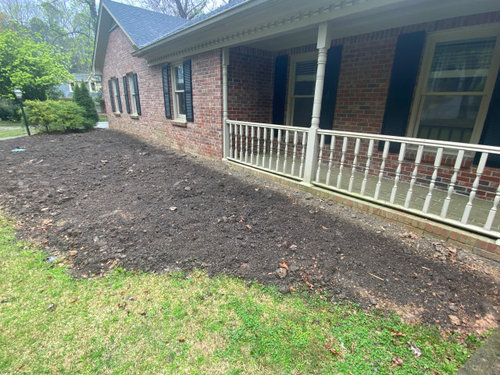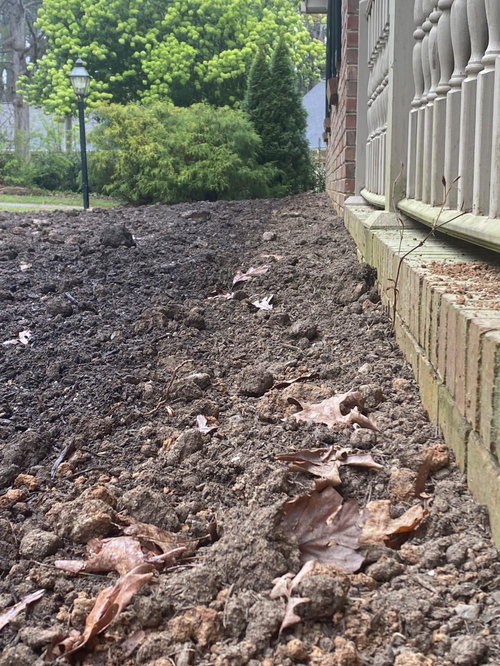Is my soil too high?
Michael Robinson
last month
last modified: last month
Featured Answer
Sort by:Oldest
Comments (7)
ShadyWillowFarm
last monthRelated Professionals
Ashland Landscape Architects & Landscape Designers · College Park Landscape Contractors · Florham Park Landscape Contractors · San Antonio Landscape Contractors · South Lyon Landscape Contractors · Baker Decks, Patios & Outdoor Enclosures · Del City Decks, Patios & Outdoor Enclosures · Fishers Decks, Patios & Outdoor Enclosures · Fort Worth Decks, Patios & Outdoor Enclosures · Green Bay Decks, Patios & Outdoor Enclosures · Lacey Decks, Patios & Outdoor Enclosures · Reisterstown Decks, Patios & Outdoor Enclosures · Lisle Swimming Pool Builders · Thousand Oaks Swimming Pool Builders · West Palm Beach Swimming Pool BuildersMichael Robinson
last monthShadyWillowFarm
last monthcecily 7A
last monthJennifer Hogan
last month3onthetree
last month
Related Stories

GARDENING GUIDESAlpine Plants: High Performers at Low Altitudes Too
So Heidi and the goats aren't your neighbors. Alpine plants can be lovely and low maintenance on difficult sites beyond the mountains
Full Story
GARDENING GUIDESGrow a Beautiful Garden in Alkaline Soil
Got alkaline soil? Learn how to manage it and the many beautiful plants that will thrive in this ‘sweet’ soil
Full Story
PRODUCT PICKSGuest Picks: High-Tech Plant Helpers
Hydroponics, monitoring systems, even an electric pollinator ... these gadgets and services keep your greenery growing strong
Full Story
SUMMER GARDENING6 Water-Wise Perennials for Blazing High-Altitude Summers
Scorching weather and high elevations don't have to mean scraggly plantings. These blooms are as gorgeous as they are tough
Full Story
GARDENING GUIDESHow to Stop Worrying and Start Loving Clay Soil
Clay has many more benefits than you might imagine
Full Story
GARDENING GUIDESGet the Dirt on Your Garden’s Soil
Understand how your soil supports your plants so you can ensure your garden’s success
Full Story
HOUSEPLANTSHigh-Impact Houseplants for First-Timers
These easygoing houseplants will forgive and forget if you skip a weekly watering
Full Story
LANDSCAPE DESIGNRoll With Boulders for High Landscape Impact
Go for big-league drama outdoors with oversize rocks in gardens, around pools and on patios
Full Story
GARDENING GUIDES6 Lovely Water-Wise Perennials for High Altitudes
Even if your climate is cold and dry, you can still celebrate spring with these hardy and colorful perennials
Full Story
PLANTING IDEASCreate High-Impact Container Gardens With Grasses
When it comes to adding drama, texture and panache to a pot, these strappy species are hard to beat
Full Story
















3onthetree